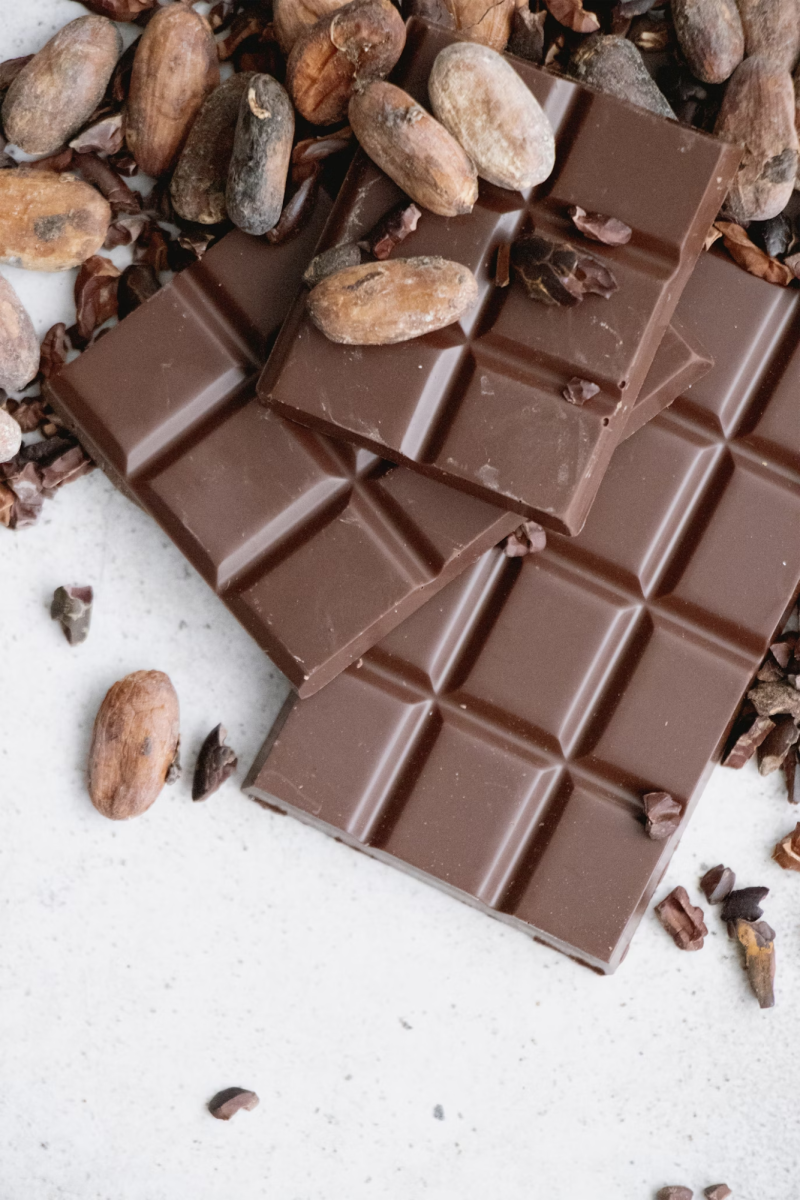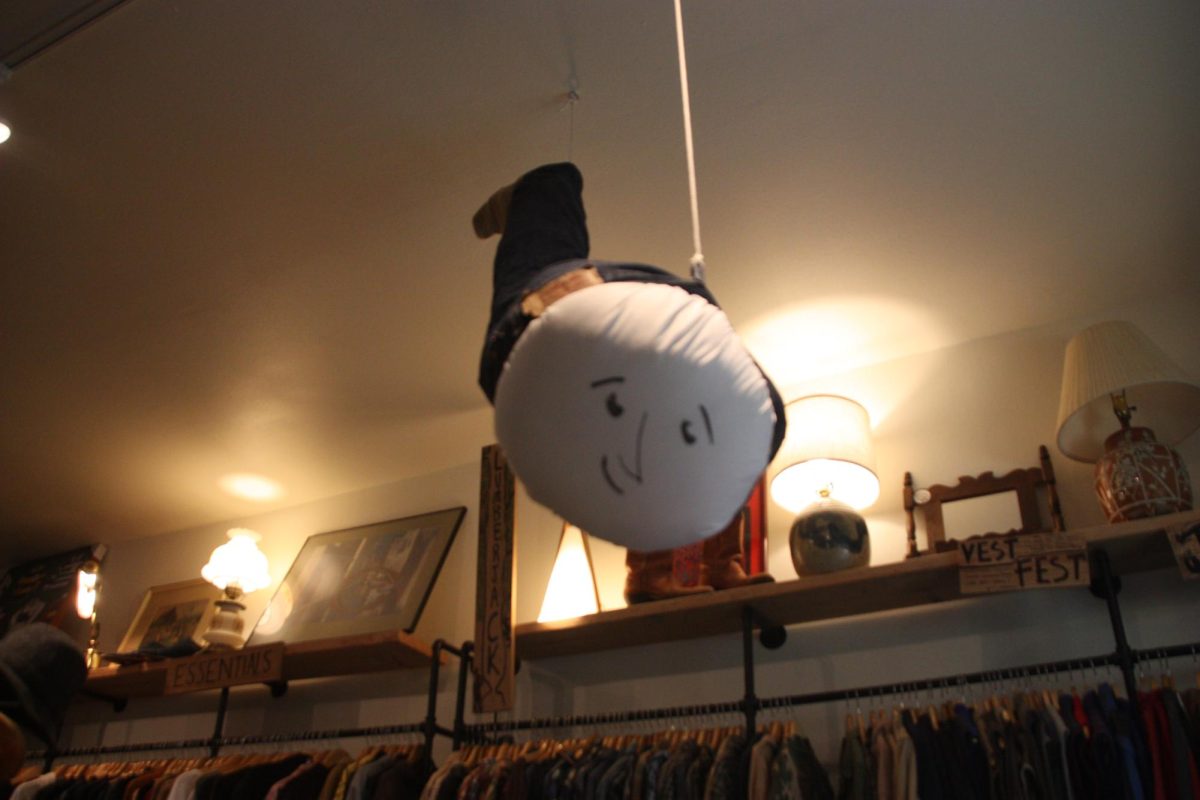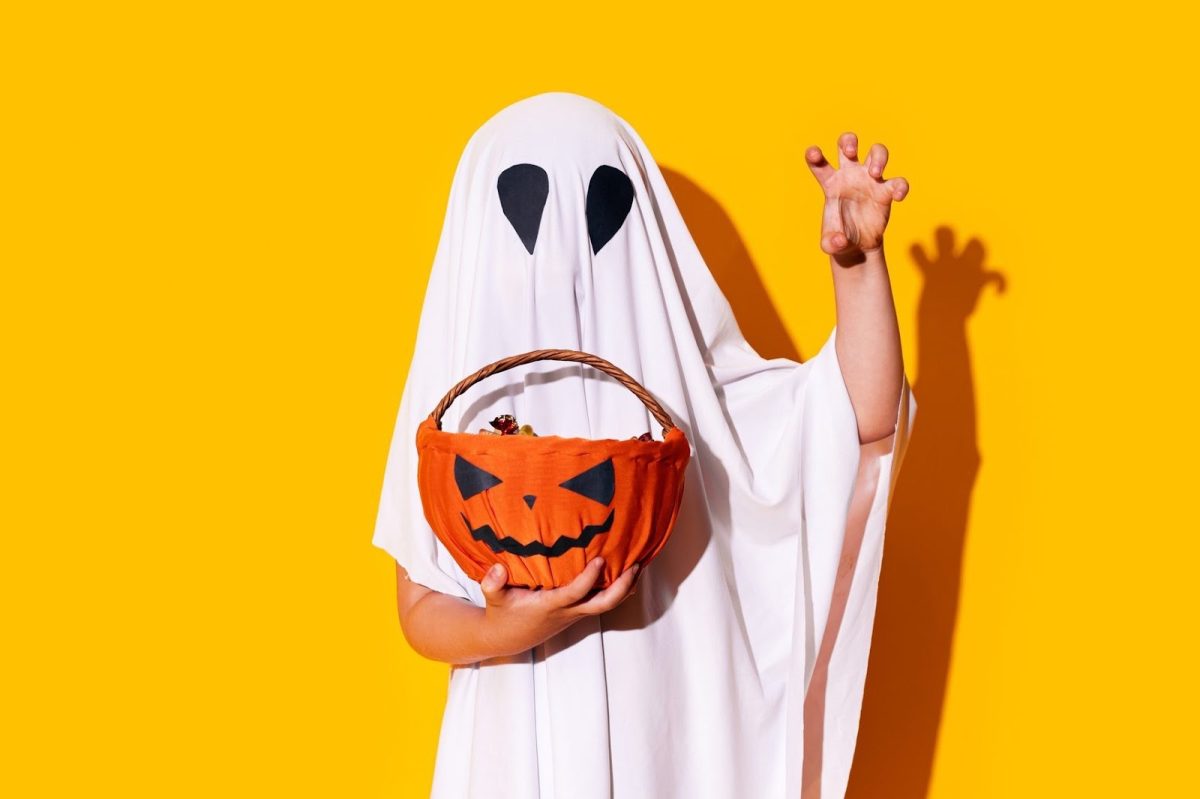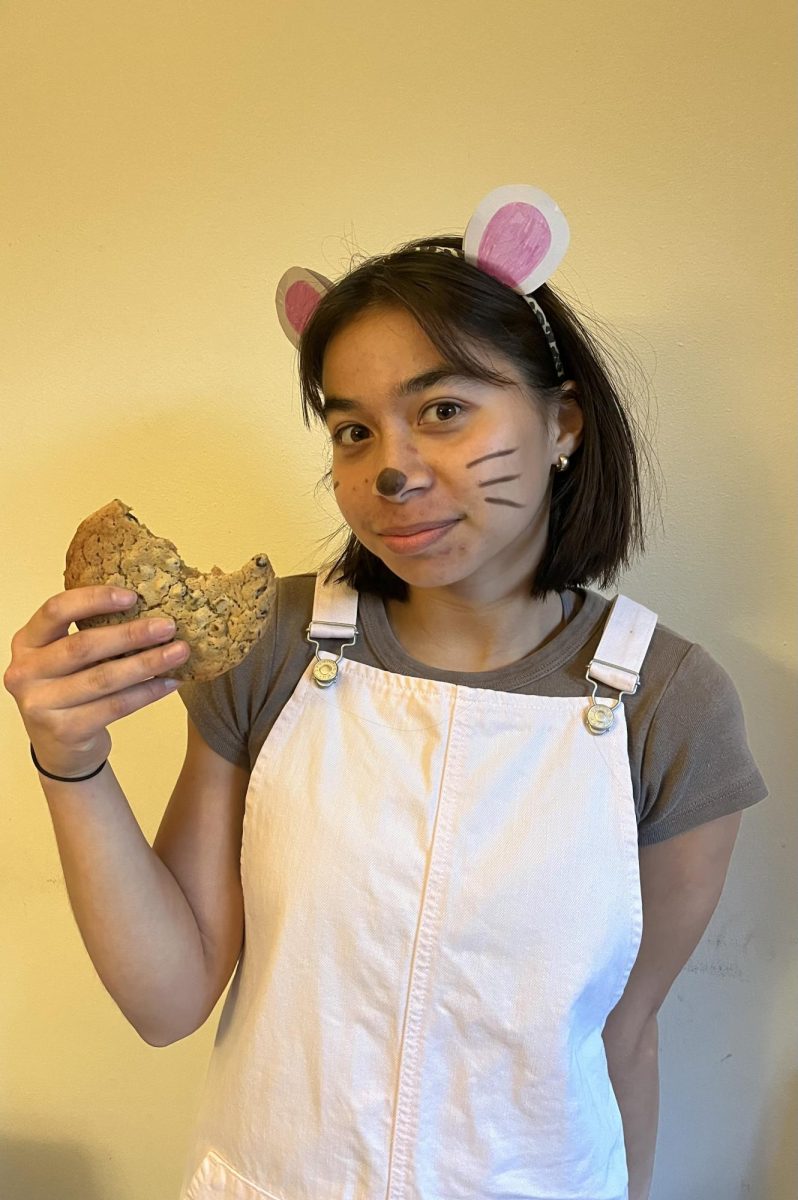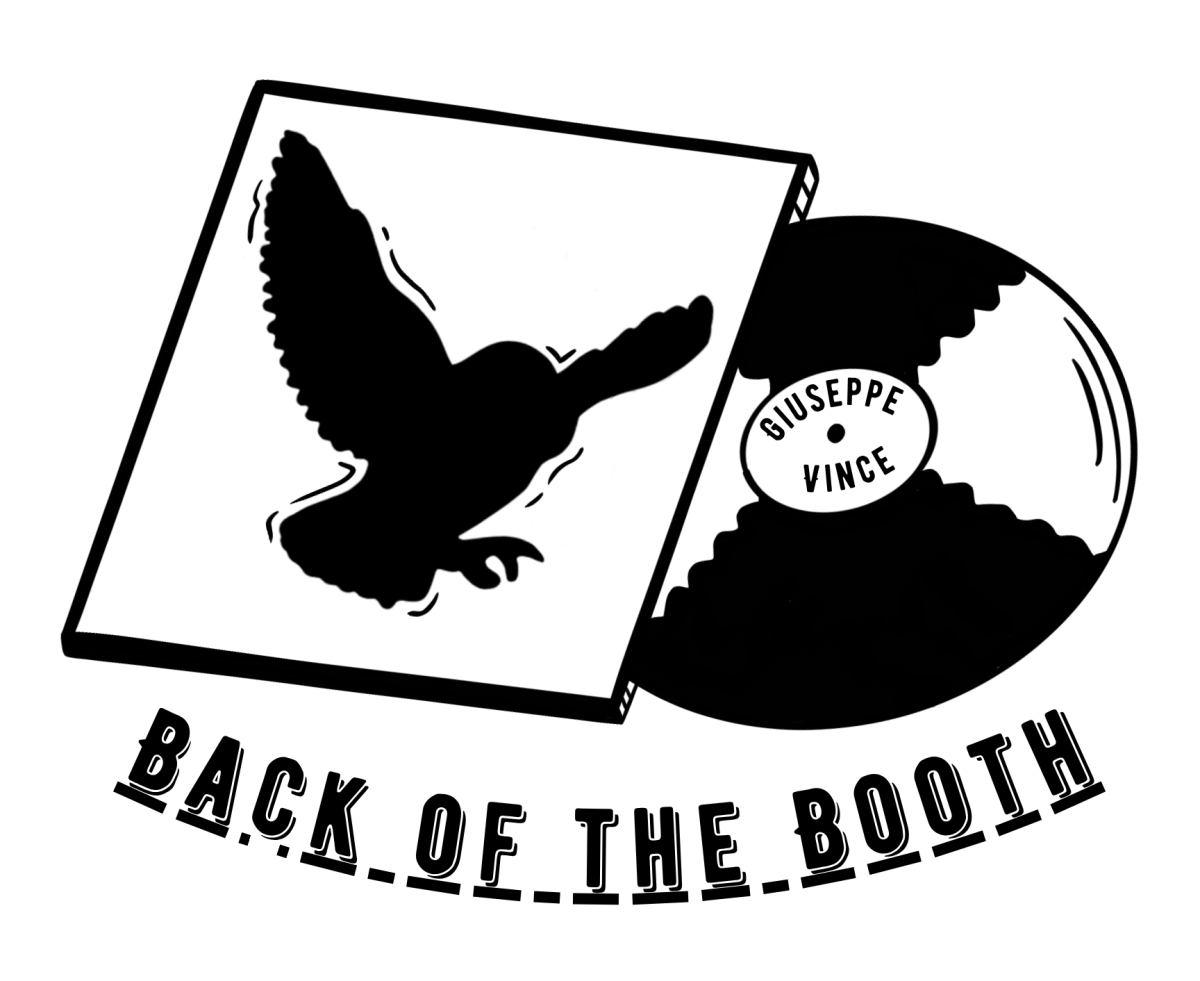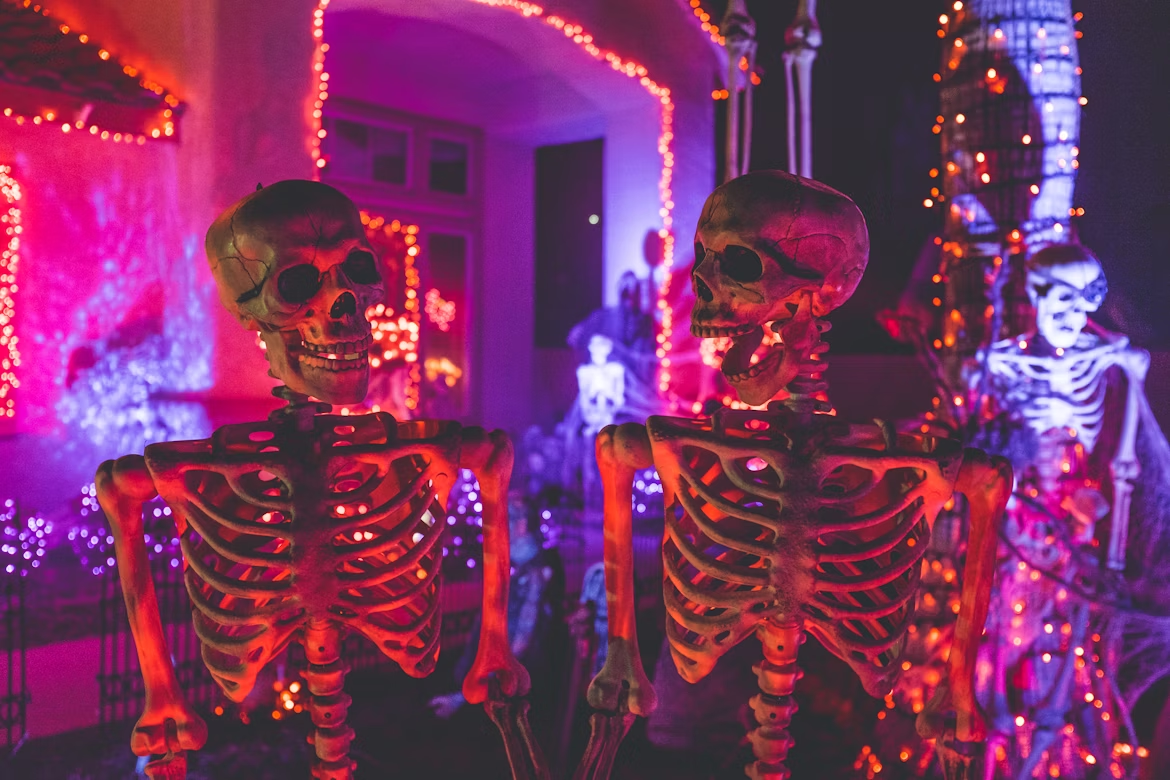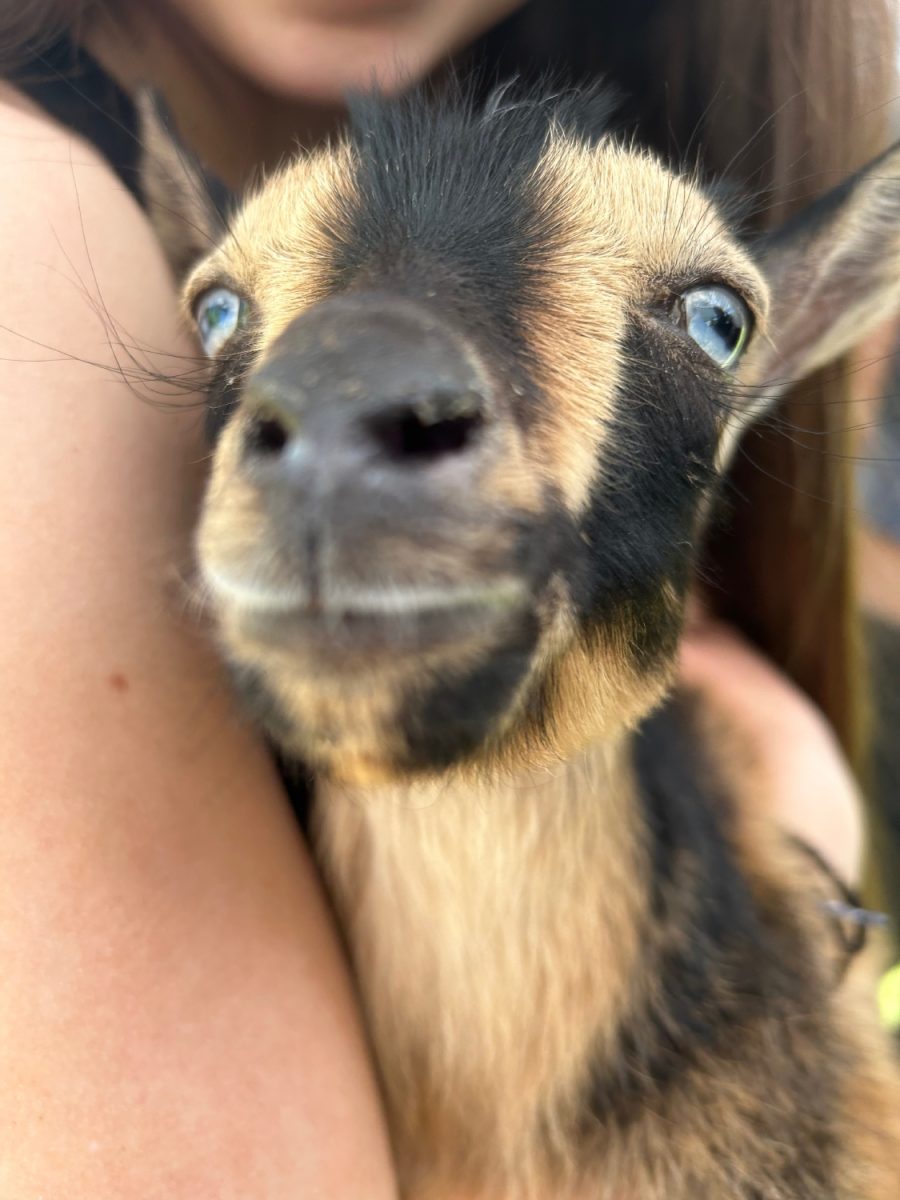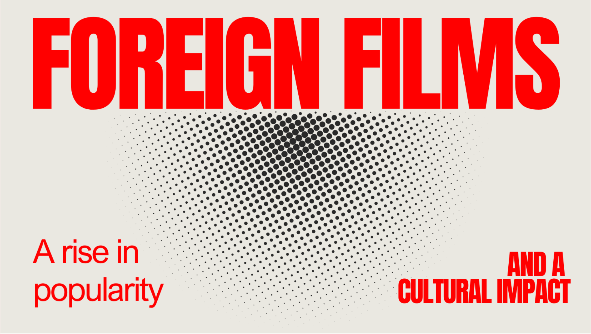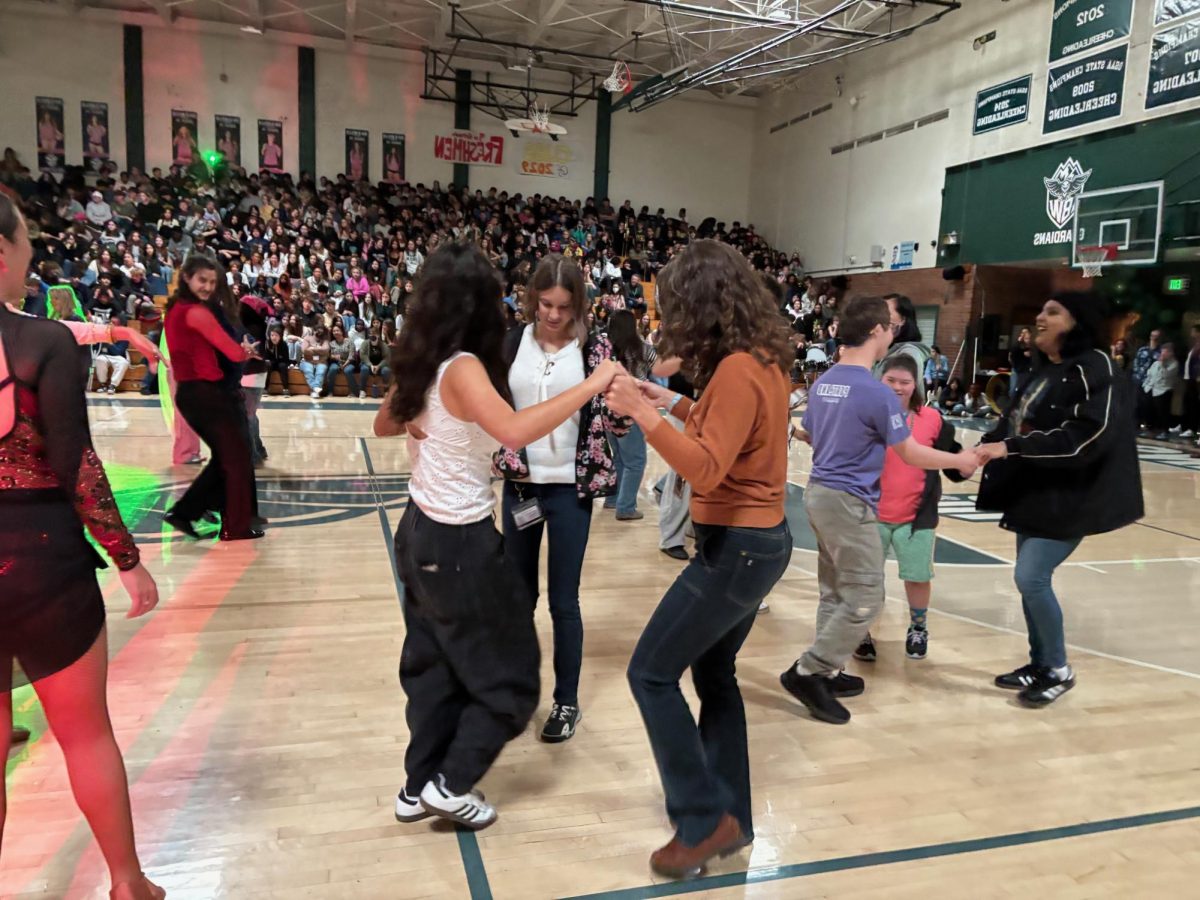In the 1800s, Richard Cadbury began packaging his company’s chocolates in heart-shaped boxes. After the chocolate was eaten, the boxes were intended to store sentimental items such as love letters. As Valentine’s Day became more popular and commercialized, chocolate became its lifelong mate.
The story of chocolate begins in tropical areas such as Central America, South America and West Africa. Cocoa trees thrive in a warm and humid climate, making countries like Ghana and the Ivory Coast, who are the leading producers of cocoa.
The Ivory Coast produces about half of the chocolate the world consumes. In the late 1800s, European chocolate companies brought cocoa to the Ivory Coast, in search of cheap or free labor. This colonial behavior still exists on West African cocoa plantations today. As chocolate becomes more and more popular amongst people worldwide, the demand for cheap cocoa continues to grow.
According to the Food Empowerment Project, the average cocoa farmer makes less than one USD per day. Because of this dangerously low income, they often use their children to help support their families. This is why larger families are commonly seen in poverty-stricken areas.
Some children end up on cocoa farms because of trafficking. The Food Empowerment Project said, “Journalists who went undercover as cocoa farmers documented traffickers selling children to them for $34 a child.” Fortunately, these children were liberated and returned to their families.
Cocoa trees produce large, colorful pods that contain cocoa beans. These pods are carefully handpicked by local farmers. Once the pods are collected, the beans are extracted and left to ferment for a few days.
When freshly picked from the tree, cocoa beans are extremely bitter and dry. Fermentation is a crucial step in developing the sweet taste we know and love. During this process, microorganisms break down the sugars in the beans, transforming them into alcohol and carbon dioxide. The beans are then spread out to dry in the sun, allowing them to develop their rich aroma and flavor.
After the beans have dried, they are sorted and shipped to chocolate factories around the world. There, they are roasted and then ground into a paste called “chocolate liquor,” the base for all chocolate products.
To create different types of chocolate, such as milk chocolate or dark chocolate, additional ingredients are added to the chocolate liquor. Ingredients such as milk powder, sugar and cocoa butter are mixed in varying quantities to achieve the desired taste and texture. The mixture is then refined and conched, a process that grinds and kneads the chocolate until it reaches the proper consistency.
Once the chocolate has been conched, it is tempered to give it a shiny appearance and a satisfying snap when broken. Tempering is done by heating and cooling the chocolate to give it a smoother appearance and a creamier texture. Without this process, the cocoa butter inside the chocolate would be distributed unevenly, resulting in a rough, chewy piece of chocolate.
After undergoing these processes, the chocolate is ready to be molded into bars, shapes, and other confectioneries. Once the molded chocolate is cooled and hardened, it is ready to be packaged and sent to stores around the world.


